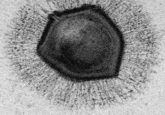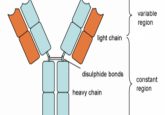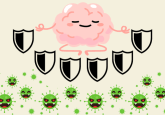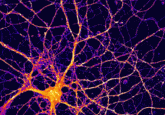When the body attacks itself
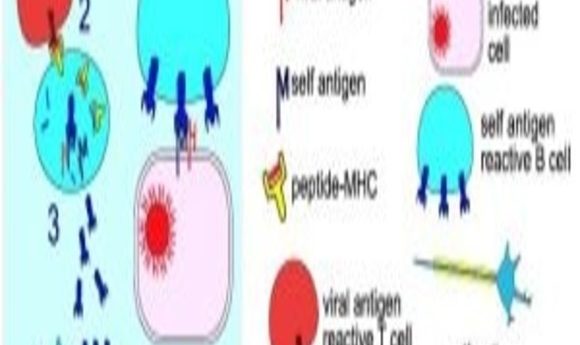
New research shows how the immune system’s interaction with viruses leads to autoimmune disease.
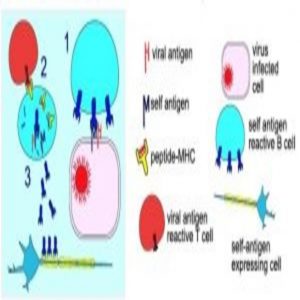
Hypothetical model of B cell co-capture that leads to autoantibody secretion (1).
Viral infections can trigger the onset of debilitating autoimmune diseases. For example, in acute disseminated encephalomyelitis (ADEM), the body attacks a protein that protects nerves in the brain and spinal cord, often following a viral infection. However, how viral infections interact with our body’s immune system to provoke an autoimmune response has remained a mystery.
Now, in a paper in the journal PNAS, researchers at the University of Basel and the Whitehead Institute in Cambridge, MA report that when B cells interact directly with virally-infected cells, they take away more cargo than they bargained for.
“It’s like if you reached into your shopping bag to pull out your wallet and you also pull out your scarf as well,” said Nicholas Sanderson, lead author of the study. The accidental co-capture of viral antigens could trigger an autoimmune response through interactions with other immune cells.
To explore this phenomenon, the researchers cultured cells expressing GFP-tagged myelin oligodendrocyte glycoprotein (MOG), an auto-antigen, and influenza hemagglutinin (HA), a model viral antigen, and then introduced transgenic B cells that specifically recognize either MOG or HA. Transgenic B cells that recognize MOG captured GFP-tagged MOG whether HA was present or not. However, the transgenic B cells that recognize HA instead of MOG only captured GFP-tagged MOG if HA was also present. Thus, the B cells specialized to capture HA also co-captured the auto-antigen MOG.
“As soon as [B cells] touch the cell that is expressing HA and GFP-fusion they start to gobble it up and within a few minutes the B cell is completely full of this protein that it has nibbled out of the membrane of the transfected cell,” said Sanderson.
This accidental co-capture of HA isn’t because B cells devour every protein in their path. Further experiments showed that not all proteins expressed on the membrane were cocaptured, so this phenomenon likely results from a shared location on the membrane or some other direct interaction. It seems that something about the placement of viral antigens on the membrane makes them more likely to be cocaptured by B cells.
Additional experiments confirmed that antiviral T cells recognized the viral antigens taken up by the B cells, which triggers a response to the virus. However, if the B cell cocaptured antigens, the T cell also recognized the auto-antigen MOG. This accidental occurrence initiates the production of autoantibodies and the eventual attack on MOG that leads to ADEM.
“This process is so active and so fast and results in such a striking activation of the B cell that we feel that it can’t be just an experimental artifact,” said Sanderson. “This has to have some real correlate to what happens in physiology.” The researchers are now planning to find out if this process happens with viral infections in human tissue.

